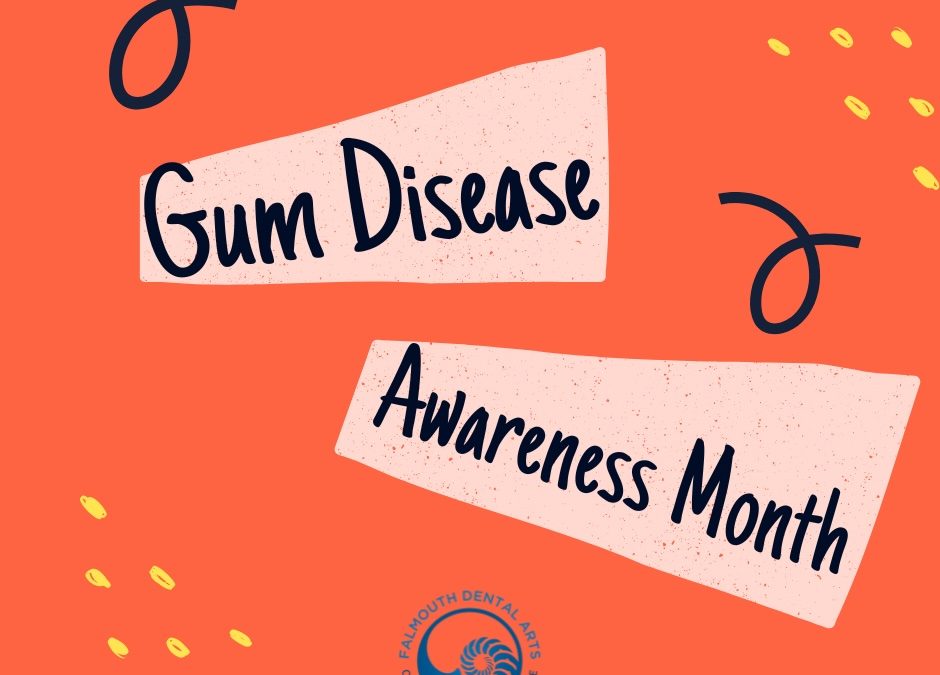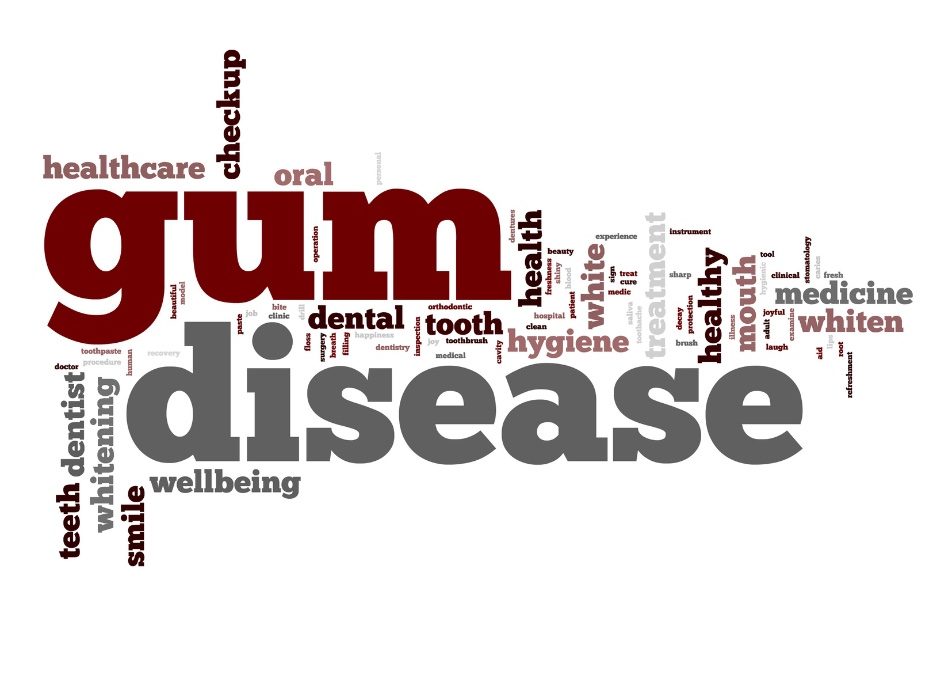
Feb 2, 2025
February is Gum Disease Awareness month. According to the CDC, nearly 42% of adults over the age of 30 have a form of gum disease, and gum disease is the leading cause of tooth loss. This is preventable! At FDA, we are your partner in oral health. We love educating our patients about best practices that keep you smiling and healthy. Here are three tips for preventing gum disease:
Have a Good Oral Hygiene Routine
The key to good oral health is to have a good oral hygiene routine. This includes:
- Brush twice a day for two minutes. Gently brush along your entire gumline, massing your gums to improve circulation and gum health.
- Floss every day. Flossing gets into the nooks and crannies between your teeth where food and bacteria hide and brushing alone leaves behind.
Make Healthy Lifestyle Choices
The health of your gums is linked to your overall health, so making healthy choices is a smart idea! In particular think about:
- Quit smoking! This is a no-brainer for your health. Beyond your lung health, smoking weakens your immune system, causes chronic inflammation, and affects the balance of healthy bacteria in your mouth.
- Eat crunchy fruits and veggies. The vitamins and minerals in fruits and veggies are beneficial for your overall health and your oral health. Crunchy fruits and veggies act like a natural toothbrush removing plaque and stimulate saliva rinsing away bacteria. What a win-win!
Come to FDA for Regular Checkups
Regular cleanings and dental checkups with our hygienists and Dr. Brunacini and Dr. Karagiorgos are an important part of your oral health care routine. We love seeing your smiling faces at least twice a year. Among other things, these checksups are a way for us to monitor the health of your gums and assess for any signs of disease. If your gums are bleeding when you brush or floss, that’s a good sign you are due for a checkup. Early detection and treatment of gum disease is the best way to prevent serious outcomes like tooth loss.
If you have questions about your gum health or need to schedule your next appointment, please give us a call at 207.781.5900, we’re here to help!

Feb 2, 2023
February is Gum Disease Awareness month and we at FDA are here to help spread the word on how important it is to keep your gums healthy. We are always looking for ways to educate our patients about the importance of oral health and best practices, and learning more about gum disease can be a great motivator for taking better care of your gums and teeth. Here are three facts about gum disease that you may not know:
1) Almost 50% of Adults in the US Have Gum Disease
A recent report by the CDC showed that almost 50% of adults over the age of 30 have some form of gum disease. The cause is bacteria in the mouth, which infects the tissue surrounding the teeth and leads to inflammation. Warning signs of gum disease include:
- Bad breath
- Red, swollen, or bleeding gums
- Sensitive teeth
- A change in the way your teeth fit together
If you notice some of these warning signs, talk to Dr. Brunacini or Dr. Karagiorgos at your next appointment. We’ll work with you to find a home care routine and treatment plan that will support your oral health…with a focus on gum health.
2) Gum Disease is Linked to an Increase Risk in Heart Disease and Stroke
We often talk about the link between your oral health and your overall health, and this is particularly true with gum disease. Research has shown a correlation between gum disease and a whole host of health issues such as heart disease and stroke. People with gum disease are 2x as likely to have heart disease. People diagnosed with an acute ischemic stroke are more likely to have gum disease. While research is ongoing, the theory is that oral bacteria can enter the bloodstream through the gums and cause blockages and inflammation elsewhere in the body. Let us know if you have either of these health issues; we are here to be part of your health care team.
3) Gum Disease is the Leading Cause of Tooth Loss in Adults
According to the National Institute of Dental and Craniofacial Research, the most common cause of tooth loss is gum disease. While this is the result of severe gum disease, also known as periodontal disease, it is still a good reminder to pay attention to your gum health.
What is the best way to take care of your gums? Practice good oral hygiene – brush and floss every day – and come see us for regular check ups. Aside from the fact that we love seeing your smiling faces at least twice per year, it is also a great way for us to monitor the health of your gums and look for any signs of disease. Is it time for your routine hygiene appointment? Give us a call at 207.781.5900, as we’re here to help!
Nov 7, 2017
As a child, you may have disliked the constant reminders from mom and dad to brush your teeth before bed, but as we get older, we realize more and more how beneficial healthy oral hygiene is to the longevity of our pearly whites, and just how right mom and dad were.
With each meal, we invite sugars and starches to engage with the natural bacteria that exists within our mouths. This combination of bacteria is the sticky film we all know as plaque. When we brush our teeth, we’re cleaning the plaque from our teeth which in turn minimizes the likelihood of developing cavities and gum disease.
What’s the difference between a cavity and gum disease? A cavity is the result of tooth decay, and gum disease is when there’s an infection in the tissues that surround and support our teeth. The term gum disease can sound pretty scary to some, but it’s actually a condition that can be very subtle and easily treatable in its early stages. Let’s review the three stages of gum disease and their side effects.
Gingivitis
This is the earliest stage of gum disease, and is best defined as inflammation of the gums. If you’re experiencing gum line inflammation, that may be a strong indicator that there is plaque buildup within the actual gums. A side effect to gingivitis (if inflammation is not prominent) is bleeding of the gums while brushing or flossing. Gingivitis is nothing to be too shook up about if caught in early stages, as the tissue and bone have yet to be affected.
Periodontitis
If gingivitis goes untreated the infection can begin to progress into a more moderate case. Periodontitis can destroy the tissue and bone surrounding the teeth. Side effects in addition to those of gingivitis are receding gum lines, spaces forming between teeth, an unpleasant mouth odor or taste, and a pus between the teeth and gums. Real tooth and gum damage are a concern with periodontitis, so treatment to prevent any further damage is highly recommended at this stage.
Advanced Periodontitis
This stage can bring an abnormally rapid deterioration of the teeth and gums. In this acute case of gum disease, tooth loss becomes an actual concern. A visit to the dentist is necessary in an effort to save the teeth and the function of chewing.
As you can see, gum disease can go from being something as mild as gum tenderness to a larger oral condition in just a few stages; however, prevention is simple and treatment options are available. Preventative care is as easy as (1) choosing the right toothbrush for your gums, (2) brushing twice a day, (3) flossing once a day, (4) monitoring sugar intake, and (5) keeping up with routine cleanings.
We understand oral health is a sensitive matter, so if after reading this you have questions regarding gum disease, Dr. Brunacini and Dr. Karagiorgos are here to help you. Please do not hesitate to call our office to schedule an appointment at 207-781-5900.


